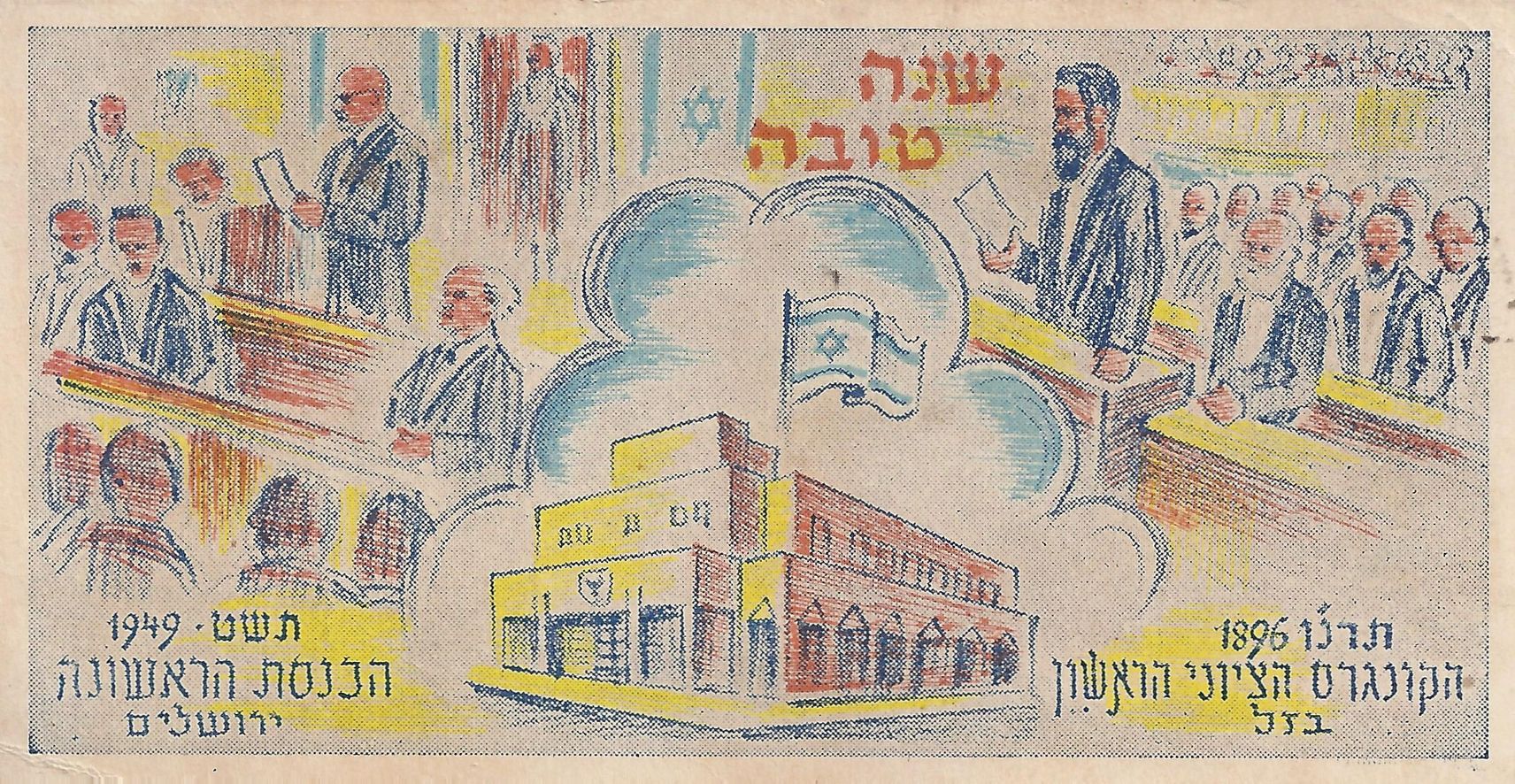Group Activity
Before splitting up into groups, introduce the term “primary source” and what makes a primary source historically accurate or credible.
Each group will analyze one of these primary sources that describe Yom Kippur at the Battle of Metz using this Primary Source Analysis Worksheet
Use the following questions to make sure that the learners understand the subject of the artwork.
- What historical event do you think is depicted in these images? Who are the soldiers depicted in the images? What are they doing?
- How did you deduce this?
- If relevant and time allows, discuss the wider context of the Franco-Prussian War.
Pair two or more groups together. Each group presents their resource and together they list the similarities and differences of the resources which depict the same event but in a different way.
Discussion Questions
We have critically inspected historical materials and saw different depictions of the same event, indicating that the images are not necessarily historically accurate. These artworks were changed to reflect the feelings of German Jewry, who were at the time fiercely patriotic despite anti-Semitic claims that Jews were not loyal citizens. Many of the pictures were actually exaggerated versions of the real life historical event. In addition, the depiction of non-Jewish German soldiers protecting their Jewish comrades at prayer strengthened Jewish pride in being integrated members of society while also adhering to their tradition.
- What messages were the artists trying to convey?
- What was the status of German Jews before and after this battle? How did it change over the years?
- These images reflect both religious and national values. How have Jews balanced these two values over history?
- Do you see conflicts between particular religion and nationality or between integration in society and preserving one’s culture and tradition?
- Have you ever been in a situation in which different parts of your identity clashed? How did that make you feel? What did you do?
Creative Activity
Create a “choose your own ending” story in which the main character faces a conflict between two parts of his or her identity. This can also be done digitally (see this tutorial for using Google Slides).







%20vor%20der%20Schlacht%20bei%20Metz%201870.webp)














